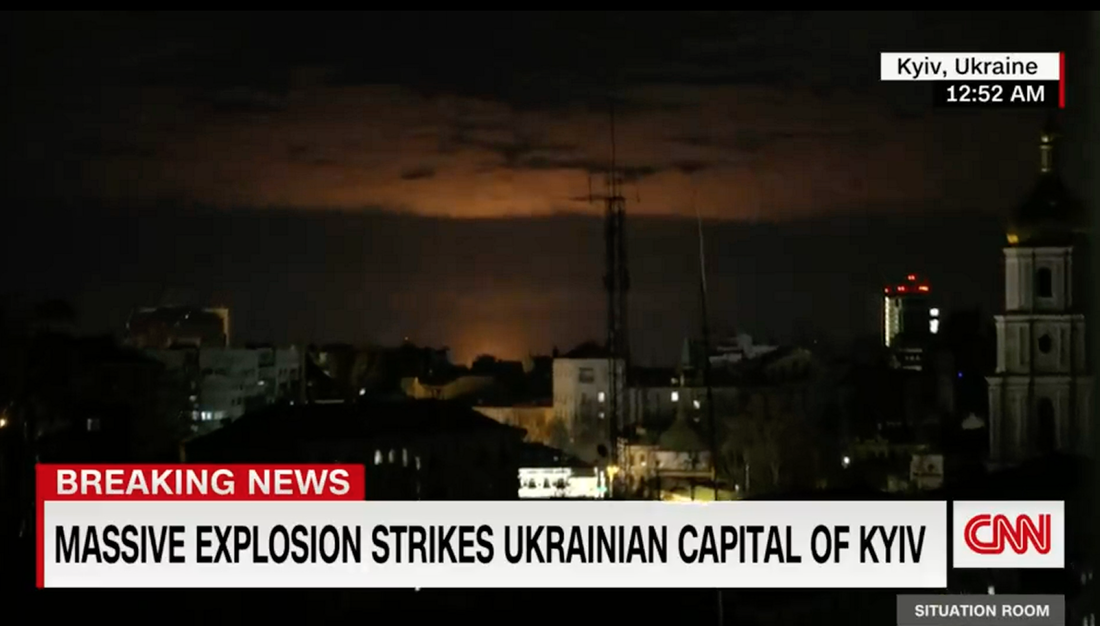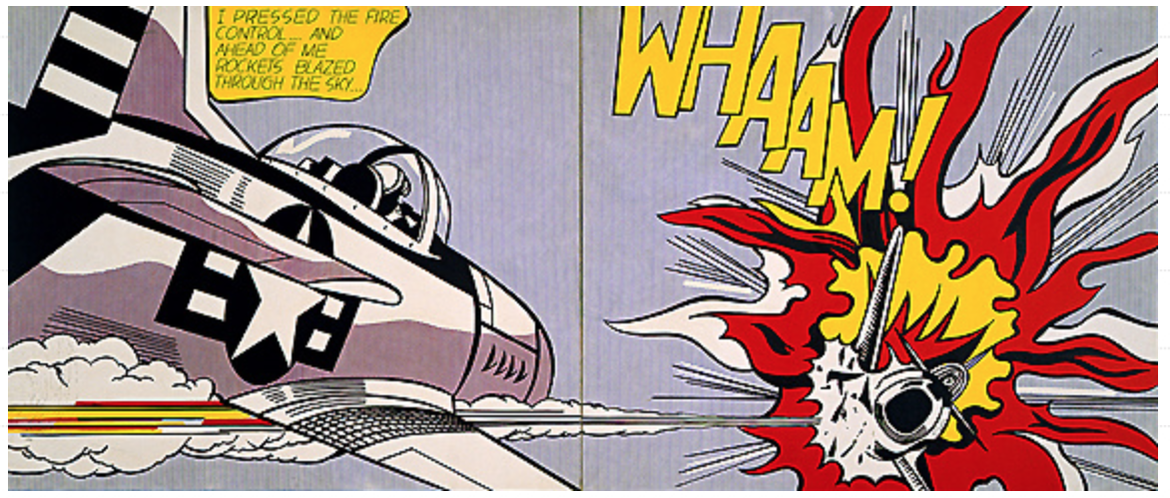Whaam! by Roy Lichtenstein Russia invades Ukraine. The Internet and related communities are teeming with pictures, videos, and information about the war. Everyone is watching the relationship between the two countries and the international situation with concern and fear. In particular, we share our heartbreak with the suffering that the innocent, socially disadvantaged, children, women, and the elderly must suffer for no reason, even at this time in Ukraine. In a war where there is no winner or loser, these socially disadvantaged people always suffer. I hope that the war will end as soon as possible and that there will be no more panic attacks on many people. Korea, my homeland, also experienced the tragedy of war firsthand and is a country where the war has not ended even now. Koreans have to engage in diplomacy as if they were walking a tightrope amid great powers, and they are working hard to keep a peaceful daily life amidst the threat of war. If the news from Ukraine spread like this, no Korean would think of it as someone else's business. As a Korean, for many years and even now living in the United States, I am aware of the fear of war and live my life. I didn't directly experience the horrors of war like my parent's generation, but I've heard a lot and received an education. I was often trained to listen to a siren and evacuate to a shelter in elementary school, just like in actual training. So the war was always close. That's why any Korean will have nightmares about the war. For this reason, above all else, Koreans have an intense longing for peace. However, some people are aware of war because of the country's unique circumstances, but those who live a peaceful daily life may feel like a distant country because the face of war is changing a lot. The Vietnam War of the 20th century was called the Television War. At that time, the horrors of war became known worldwide through the mouths of war correspondents and videotapes through the media of television news. Since then, wars in Afghanistan and Iraq in the 21st century have been broadcast live on the Internet due to the development of the Internet. So we got to sit in front of our monitors and watch special agents or drones rush into the enemy lines and execute the enemy leader, just like playing a video game. Somewhere, there might be real horrific wars, and wars might be entertainment in other places. An artist pointed out these changes in modern warfare as art. He was a famous American pop artist Roy Lichtenstein. Along with Andy Warhol, Jasper Johns, and James Rosenquist, Roy Liechtenstein became a leading figure in a new art movement in the 1960s. His work defined the premise of pop art through parody. He initially painted Abstract Expressionist paintings, but after 1961 he rose to prominence as he painted the first pop paintings that borrowed comics. In addition, he introduced cartoons, known as low culture, into his paintings, breaking the boundaries between everyday life and art. He is also known for his works in which scenes from cartoons are transferred to canvas. In particular, he is a representative pop art artist and Andy Warhol. The main themes of Liechtenstein's work are largely divided into romance and war. Among them, in the war part, the scene of the war was drawn in a calm tone through vivid colors and narratives inspired by cartoons. "Whaam" is one of his representative works among the works expressing war in particular. Whaam! The fighters on the left panel fire their rockets at the bandit on the right board and disintegrate into vivid red and yellow explosions. The manga style is emphasized using the onomatopoeia "WHAAM!" It's in the right panel, and at the top of the left panel is a yellow box caption with black text. Text exclamation mark "WHAAM!" It can be considered as a graphic equivalent to a sound effect. As Roy Lichtenstein said, "Today art is all around us." As in the case of Czech painter Alphonse Moha, he wanted to convey more messages to people living in everyday life using explicit materials that can be easily found around flyers, advertisements, and billboards. In addition to black and white, his works produced in bright primary colors often feature speech bubbles with lines written on them, and they mainly dealt with topics such as war, criticism of universalism, and love for human relationships. In works about war represented by whaam, you feel as if you are looking at a record of war that has been degenerated like a video game. However, although it is a simple cartoon-like motif, the scenes where they collide with each other are not insufficient to explain the pain, cruelty, and trauma of war. This is because the image of war, no matter how much it is drawn like a cartoon, leaves a solid trauma to everyone, as if I was constantly afraid of war even if I did not go through a war as a child. In a word, war should not happen, and it is also why we must struggle and strive for peace.
0 Comments
Leave a Reply. |
Myungja Anna KohArtist Categories
All
Archives
July 2024
|
Proudly powered by Weebly



 RSS Feed
RSS Feed